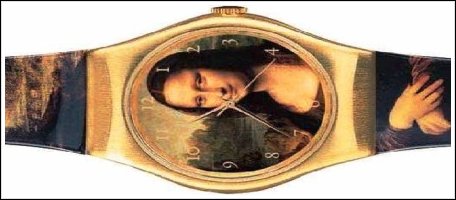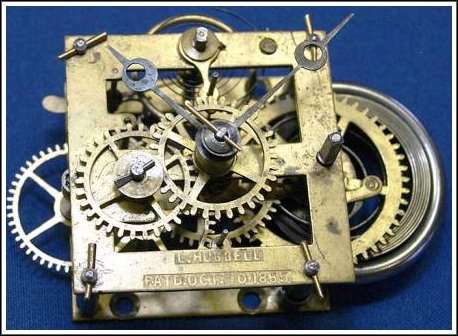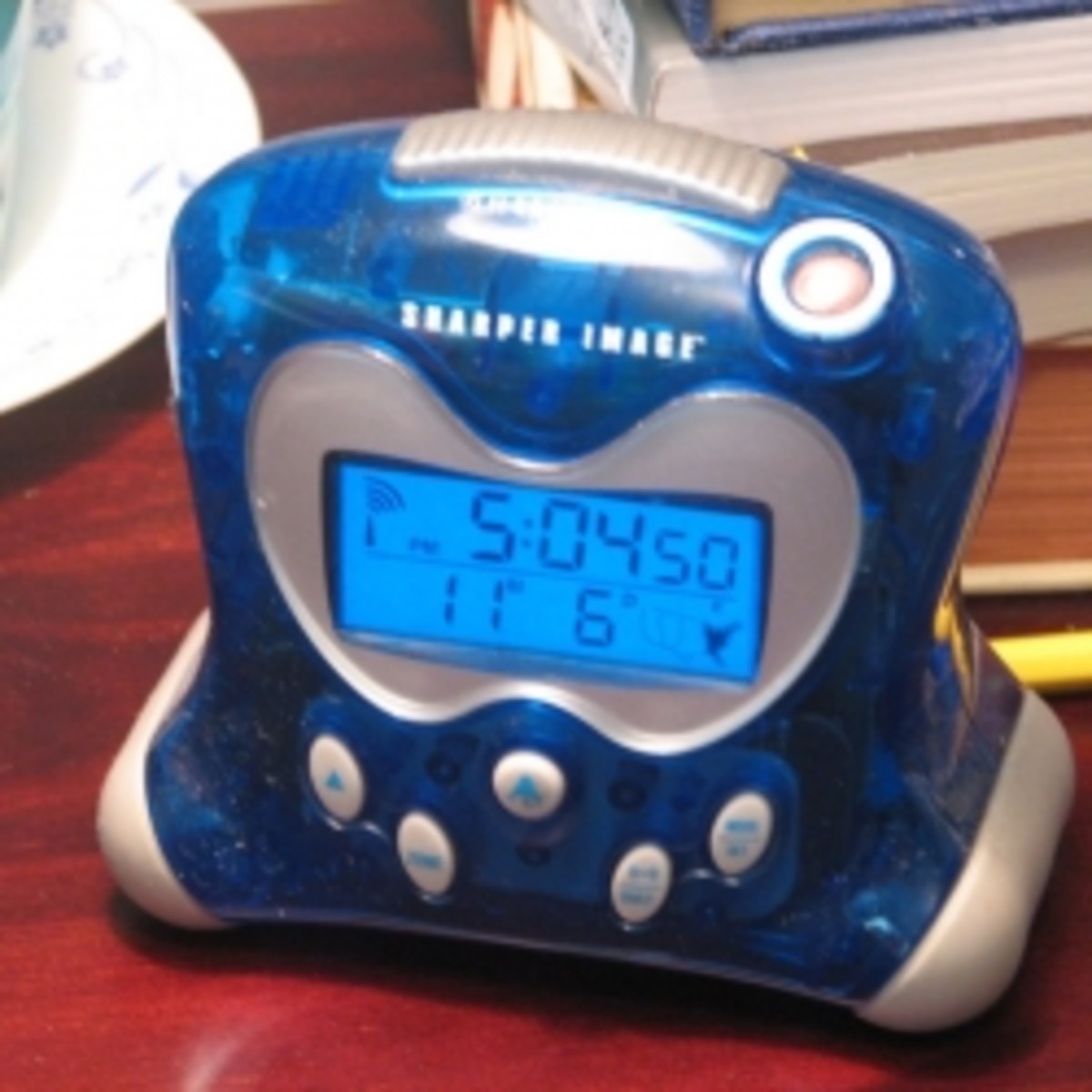Inventing the Clock



Albert Einstein once said, "Space and time are modes by which we think, not conditions under which we live." The concept of time is difficult to grasp by man’s limited cerebral capacity. But, measuring time, using clocks and calendars, was an invention of man. The study of measuring time and the art of making clocks and watches is called horology.The word 'clock' comes from the French word "cloche" meaning bell.
The measurement of time is an ancient science and parallels the history of human progress. It evolved from early cave dwellers recording the phases of the moon to atomic clocks measuring time to within a billionth of a second. But accurate timepieces have only been around about 400 years.
The first “clock” was the shadow clock. They were whatever man could find to measure time based upon the length of shadow it cast. Then sometime around 1500 BC the sundial came along. It was a big improvement over the shadow clock as it could be moved around. Sundials were used for over 3,000 years despite the fact they were useless on rainy and cloudy days and didn’t work at all at night. To get around the problem of overcast weather and darkness, some used a water clock.
Also known as a clepsydra, it kept time by measuring drips of water through a small hole. This would have been an excellent way of telling time if a flow of water could be perfectly controlled, but it couldn't. The clepsydra is thought to have appeared around 1400 BC in Egypt and was borrowed by the Greeks, Romans, Chinese, Europeans and Arab civilizations. And up to the 16th century it was widely used, although it was more of a toy or novelty than anything else.


Of course, there were other methods. A few bright individuals determined candles and incense sticks burned at a predictable rate. The same can be said for fine sand in an hour glass pouring through a predetermined finely sized hole. But these ideas were obviously impractical as well. Ingenious as they were for the times, none of these ideas were very accurate.
As the years passed and man began to travel, he needed a more accurate method of keeping time. Calendars could measure days, months and years and made it possible to establish trade routes and keep records. But they couldn’t measure minutes and hours.
According to a textbook on astronomy, written in 1271, clockmakers were trying trying to make a wheel which would make one complete revolution in a 24 hour period, but were having some difficulties. The problem was in regards to a concept essential to the workings of any mechanical clock. Power must be delivered in intermittent bursts and precisely regulated. This is what the “escapement” does.The first one debuted about 1275. It worked by allowing a toothed wheel to turn, one tooth at a time. A breakthrough came in the early 1500s when Peter Henlein developed “spring power.”

Many early clocks were large because the mechanical mechanisms were made of large individual components and weights. Henlein’s spring powered clock changed all of that. Spring powered clocks could be made mantle or table size.
The next major innovation was by a Dutchman named Christian Huygens in 1656. He invented the first pendulum clock, although Galileo is credited with the original design. These clocks could keep time to within 10 seconds a day. Huygens later invented a balance wheel and spring assembly, similar to what is used in the modern wrist watch. The pendulum clock is perhaps better known as the grandfather clock, or more correctly, long case clock. The first ones were made in Britain. These grandfather clocks later became very popular and found their way to America.
However, clock makers were still working to develop a more accurate pendulum and anchor escapement mechanism. That was achieved around 1670. By the late 1800s, improvements had made it accurate to within one one-hundredth of a second. But, clocks and timepieces in general were still priced outside the reach of most except the very rich.
As time progressed, other ways to power clocks evolved. Wind up and alarm clocks quickly became popular and finally as more clock makers began producing timepieces prices eventually dropped to where they became common household appliances. Watches worn on the wrist was naturally the next step, many of which were expensive and not only used as a way to tell time, but as status symbols.
Quartz technology became the wave of the future in the mid 1930s. They had no mechanical moving parts to wear out and they were more accurate. They worked by passing an electronic vibration through the quartz.
The atomic clock was developed shortly afterwards and is incredibly accurate. In 1967, the 13th General Conference on Weights and Measures set the world clock on vibrations of the cesium atom.
Technologically speaking, one wonders why it took man so long to develop accurate timepieces. But, it’s about time!










